What I've Learned About NFT Photography
Moment of Serenity
Available on Objkt.com
Words + NFTs By Rich Nardo
Unless you’ve been photographing under a rock for the past year, you’ve probably heard of NFTs by now. Chances are you’ve probably considered selling some of your work as one or maybe you’ve even minted a few pieces already. No matter where you’re at in your blockchain journey, you should know that selling NFTs isn’t as easy as people make it out to be. That being said, it’s a great avenue for making money to do what you love and, if you genuinely dive into it, the blockchain is full of amazing communities that will support your work, give great feedback, and often turn into genuine friends (both digital and IRL).
Need more incentive to mint some of your work? Photography is one of the fastest growing areas in the NFT space, so now is a great time to jump in!
Through my day job as a partner in a creative studio, I’ve been working in the NFT space since October of 2020. I’ve also been minting my own work since March of 2021. I am not an authority on the matter, but I’ve learned a lot of lessons, had some successes, and am very passionate about the space and the opportunities that it provides to creators of all types.
My experience with the blockchain has been amazing so far, and I’m excited to hopefully help onboard as many other photographers as possible. To help do so, I wanted to put together an article summarizing a lot of what I’ve learned to date. I hope that you find it useful and, after reading it, you are ready to get some of your work up for sale or, if you are already active, step your NFT game up to the next level!
Bring The Light, and Darkness Will Disappear (Sunrise at Orchard Beach)
Available on OpenSea
What Is an NFT?
An NFT is a Non-Fungible Token. Let’s break that down into two parts: “Non-Fungible” and “Token”. Non-Fungible is a classification of crypto asset where the token is unique. To help further understand that statement, a “fungible” asset would be something like Bitcoin or Ethereum, that there are many of the same thing. As Verge.com stated, You can “change one BTC for another and bitcoin, and you’ll have exactly the same thing. A one-of-a-kind trading card, however, is non-fungible. If you traded it for a different card, you’d have something completely different”.
So what’s a token? A token is basically a marker on the blockchain that represents an asset. If you are selling a photo as an NFT, the purchaser is not buying the actual photo. They are buying a token that represents ownership in that photo. What that means, is that the creator maintains the copyright to the original piece of art and can still do with it as they please, but the purchaser of the token is the only owner of the NFT for the piece.
As the NFT world expands, creators are now starting to mint their own custom smart contracts that explore alternatives to who owns the actual copyright to the photo. They’re also adding what’s referred to as ‘utility’ to pieces such as IRL assets (like a physical print of a photo), membership in a DAO around their work, airdrops (more free NFTs), or whitelist spots for future drops.
Let’s use your photo as an example again. You mint the piece on the blockchain via a platform of your choosing. A unique (non-fungible) token (marker of ownership) is generated for the photo. If I buy your NFT, I now own that token but you still own the copyright to the photo unless otherwise stipulated in a custom smart contract for the sale of the piece.
There’s one last thing I want to touch on in this section and it’s really only here because I didn’t know where else it fits in the article, but it’s important - secondary sales. One of the reasons that NFTs are uniquely special for creators is that you will continue to make money on additional sales in perpetuity (known as royalties) for your work as it exchanges hands in the future. You generally set your own royalty rate (within a standard range of 5-15%). A quick example. You set your royalty rate on a photograph at 10% and it initially sells for 1 eth. You get the full money from that first sale. The buyer then sells the piece for 2 eth. You will get .2eth on that sale, meaning you’ve now made 1.2 eth on your NFT total. Now, that new owner sells it for 10 eth a few years later, you will get an additional 1 eth from that sale. You’ve now made 2.3 eth on an NFT already that originally sold for 1 eth!
Red Skies At Night
Available on Foundation
Some NFT Platform Options
An NFT platform is the tool you use to actually get your NFT on the blockchain. Choosing a platform partner is very important as it dictates which blockchain your work will be available on (i.e - Ethereum, Tezos, Solana), how people can pay for your work (i.e, eth, tezos, solana, or with fiat currency like USD or credit card), and which community of collectors your work will be put in front of.
There are plenty of options for where you can mint your work. Here are a few platforms that I have experience with.
OpenSea
Link: opensea.io
Blockchain: Ethereum
Currency: $eth, $poly
Recommended Wallet: Metamask
One Line Summary: The largest NFT platform in the space.
Pros: No barriers to entry, huge community, ability to decide which of a few different currencies people can buy your work with, no initial gas fees for creators, most other eth platforms connect back to OpenSea.
Cons: Less curated than some of the other platforms, has had a handful of technical difficulties over the past few months as it continues to grow quickly.
My Work on Platform: General work: https://opensea.io/collection/nftvli | “In Tide” Collection: https://opensea.io/collection/intide
Foundation
Link: foundation.app
Blockchain: Ethereum
Currency: $eth
Recommended Wallet: Metamask
One Line Summary: More exclusive platform dubbed “the new creative economy”.
Pros: Feeling of Exclusivity, Work tends to sell for higher prices on average.
Cons: Invite Only, Creator has to pay initial gas fees.
My Work on Platform: https://foundation.app/@richnardo
Objkt.com
Link: objkt.com
Blockchain: Tezos
Currency: $xtz
Recommended Wallet: Temple
One Line Summary: Similar vibe as OpenSea but for Tezos.
Pros: Great art and collector communities, Tezos is an environmentally friendly alternative to ethereum, gas fees are basically non-existent.
Cons: Tezos hasn’t quite reached the popularity of ethereum yet so the collector community isn’t quite as large, still less customization of your profile than most $eth based chains.
My Work on Platform: https://objkt.com/collection/KT1LCGfrHdX383Bjkwe8T9oyp6ZAz9zvU23n
Bitski
Link: bitski.com
Blockchain: Ethereum based side chain.
Currency: fiat (usd or credit card).
Recommended Wallet: Bitski native wallet.
One Line Summary: Sort of like the Shopify of NFTs.
Pros: Accepts fiat which opens your pieces up to people who aren’t already well-versed in NFTs, Active community of buyers open to new artists.
Cons: No native secondary market (defaults back to OpenSea’s where an account that is different than your main OpenSea collection lives).
My Work on Platform: https://www.bitski.com/@richnardo/created
SuperRare
Link: superrare.com
Blockchain: Ethereum
Currency: $eth
Recommended Wallet: MetaMask.
One Line Summary: Arguably the most forward-thinking $eth-based platform.
Pros: Highly curated, lots of marketing help from platform, tends to draw higher prices for your work.
Cons: High gas fees for creators, SUPER selective about who can mint there.
My Work on Platform: Not currently minting here.
Nifty Gateway
Link: niftygateway.com.
Blockchain: Ethereum.
Currency: $eth, fiat.
Recommended Wallet: Nifty Gateway Native Wallet.
One Line Summary: Highly curated platform that makes purchases super easy.
Pros: Ease of purchase, accepts fiat, well-respected.
Cons: Super selective about who can mint there.
My Work on Platform: Not currently minting here.
Rarible
Link: rarible.com.
Blockchain: Supports both eth and tezos blockchains.
Currency: $eth, $xtz
Recommended Wallet: MetaMask, Temple.
One Line Summary: Almost like a multi-chain version of OpenSea but not as big.
Pros: Anyone can mint, multiple blockchains, easy to buy $eth with credit card on site.
Cons: Not very exclusive, creators pay minting fees.
My Work on Platform: Not Currently minting here.
Some other Platforms for Photographers to Consider: Zora, Crypto.com, Blockparty, LooksRare, Maker’s Place, SolanArt, Coinbase NFT Marketplace (coming soon).
Follow Your Path
Available on Foundation
Should I Mint a Single Photo or a Collection?
An important decision to make when you go to start minting your work is if you are going to mint a single photo at a time or a full collection. You could also choose to mint towards an ongoing collection where all the pieces don’t come out at once as well if you prefer. My personal recommendation is to mint a few one off NFTs on a few different platforms/blockchains to find where your best home base is before jumping into a collection.
If you do decide to mint or work towards a full collection there are a few things to keep in mind. Most importantly, your collection needs to be very cohesive. There has to be a common theme or approach to each photo that brings them together. Also essential to a collection would be your narrative. When you’re putting out a collection, you need to make sure that it tells a story. Why are you minting these photos together? What is the shared thread? This narrative will go a long way towards convincing people to buy into the project. Finally, utility can be a huge selling point for a collection. Figure out some cool add-ons for people that buy into your collection! Check out the summary graphic below for my “In Tide” collection to get some ideas for utility.
Treasure In The Dunes
Available on OpenSea
Moving Beyond Straightforward Photography (animations + composite photos)
Photography is having a big moment in the NFT space right now. That being said, there are a few ways to build art around your photos if you want to get a little bit outside the box. Two notable examples are animations built on your photos and composite images.
Animations
Creating animation around my photography was actually the first place where I found success in the NFT space. I am by no means an animator, After Effects still makes my brain spin, and I haven’t tried Pro Create yet. That being said, I was able to create some 3-D animated pieces around my photos using a few apps right on my phone! My personal process was to upload my photo (or photos) into Motionleap or Photoleap to create “frames” for the video. From there, I uploaded all of my frames to Splice to edit the video. Splice also comes complete with a full library of license free music (which I hope is okay to use because I’ve incorporated these tunes in a bunch of my pieces haha) and allows you to export your video in up to full Ultra-4K, 60 frames per second quality.
Composite Photography
Composite photography is combining multiple images to create one art piece. I know it sounds super simple, but it’s a lot harder than you would think to do correctly. If you don’t put the proper time and effort into the process, it will look sloppy and unbelievable which will take people out of the composition mentally. While I don’t have a lot of experience with Composite Photography and a lot of people in the community have a gripe with it not being “real photography” (hey, a lot of traditional photographers also look down on people adapting to the NFT space, so forget the naysayers and do what inspires you!), it is definitely an art form and one that I would really like to explore. A lot of my favorite pieces that I find are composite photos and they also seem to attract a higher sales price when done correctly.
Time Keeps On Passin’ Me By
Available on Bitski
Marketing Your NFTs
This is probably the most important section of this article and it can be summed up in one phrase “Be a part of the community”. The world of NFTs is very supportive, active, and tight-knit. It’s also very accepting if you are genuine and excited to be a part of the conversation. If you want to sell your own NFTs, it’s a must to support other artists and take part in the conversations. Here’s some ways that you can do so:
Support Other Artists: This doesn’t mean you have to be a collector. Community members tend to understand that not everyone has the money/eth available to build a collection. That being said, simple things like retweets, follows, positive comments, post likes, etc. can go a long way. Take the time to find other photographers and artists that you like, follow them, share and comment on their work, and be supportive. It’s also good practice that, if you’re lucky enough to make some sales, you invest some of the money back into the community. I promise it will go a long way!
Tell A Story: No matter how breathtaking of an image you’ve captured or how special your piece is, it’s important to tell a story with it. If a potential collector is deciding between your piece and another, give them even more of a reason to connect with yours by telling them why its special to you, what your inspiration was for the piece and what you’re trying to convey with it.
Create Promo Assets: I know, your art sells itself. That being said, create promo graphics and, in the case of a series, a compilation video will go a long way towards promoting your graphic.
Thanks for the Suggestions, now where do I do all of these things? Twitter and Discord are your best friends when it comes to promoting NFTs. Make sure you’re part of the conversations in both those places and your bases are largely covered. For Twitter, jumping in Spaces has become particularly important. Telegram and Reddit are also super helpful for promoting your work and, despite a lot of people in the Twitter photography collection down-talking Instagram, it’s still worth it to be posting there as well. Bottom line is that anywhere you can talk about your work, go forth and shout it from the rooftops!
Into the Metaverse: This one is a little more outside-the-box, but if you enjoy exploring the metaverse, take your work there. For example, there are plenty of photo galleries in DeCentraland. Start your own or network with people who are active there in order to be able to exhibit your work and meet potential collectors and other artists.
Can You Add Utility?: This has been mentioned a few times in this article, but giving utility to your photography NFT could be the difference between making a sale or not. There is merit to art for art’s sake, and I that tends to be my approach to collecting, but if you’re willing to go the extra step, utility is a strong tool for marketing your NFT.
Create a Hub(s) for your work: While most of your interactions and marketing will be done on social media, it’s worthwhile to create a hub where people can learn more about you and your photography. Ideally, this would be a website with some of your work, buy links, and a bio (I recommend Squarespace if you’re not code/design savvy). If the idea of building your own website scares you, maybe opt for a digital gallery for your NFTs through OnCyber coupled with a link aggregator like Linktr.ee. In fact, even if you have your own website, having a Linktree and an OnCyber gallery is a great idea.
Sell Physical Prints!: This isn’t necessarily a marketing tool, but it is something worth mentioning. If someone loves one of your NFTs, but it’s already sold out and not available on the secondary market, owning a print might be a worthwhile consolation prize for a collector. Last year, I legitimately sold 5x the number of physical prints that I had done in any other year since I picked up photography and most of those sales came through the NFT community.
In Tide Collection
Available on OpenSea
Tides of Renewal
Available on Foundation
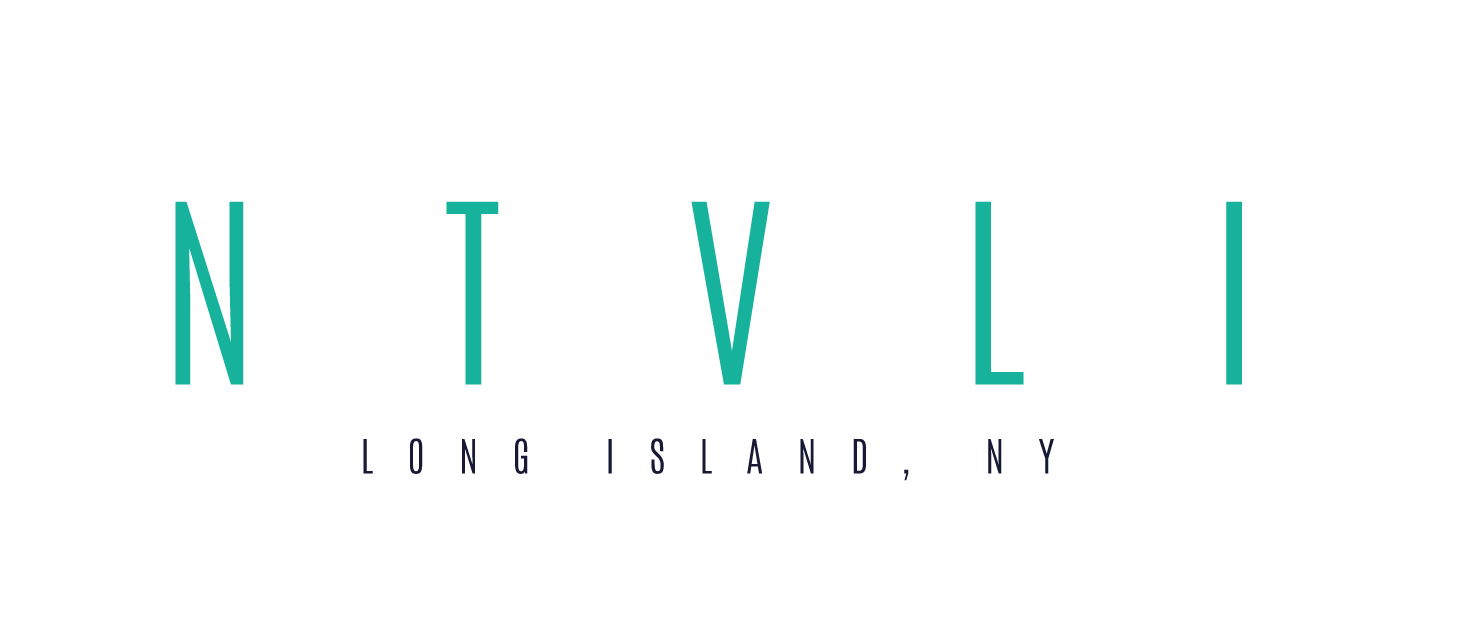
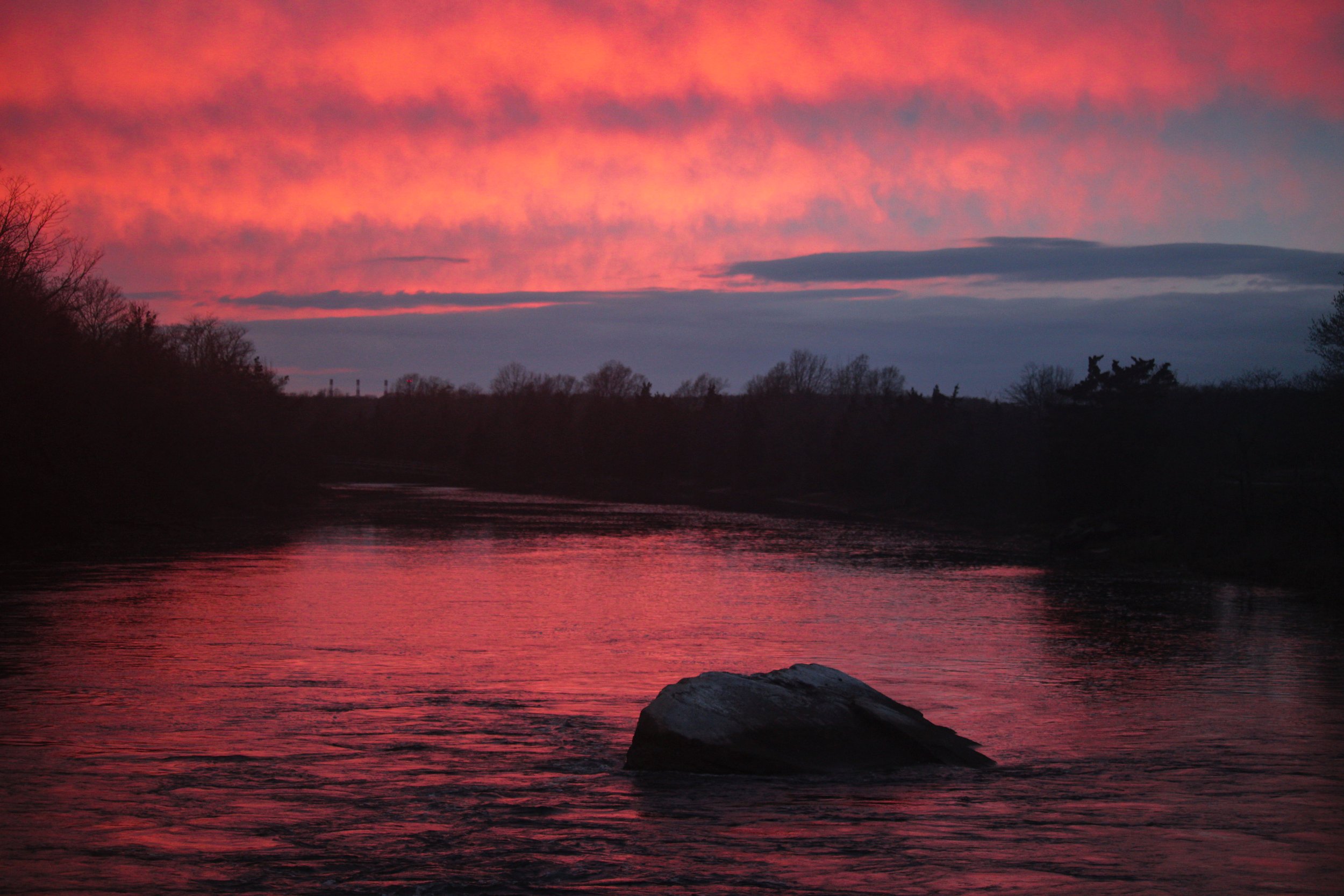
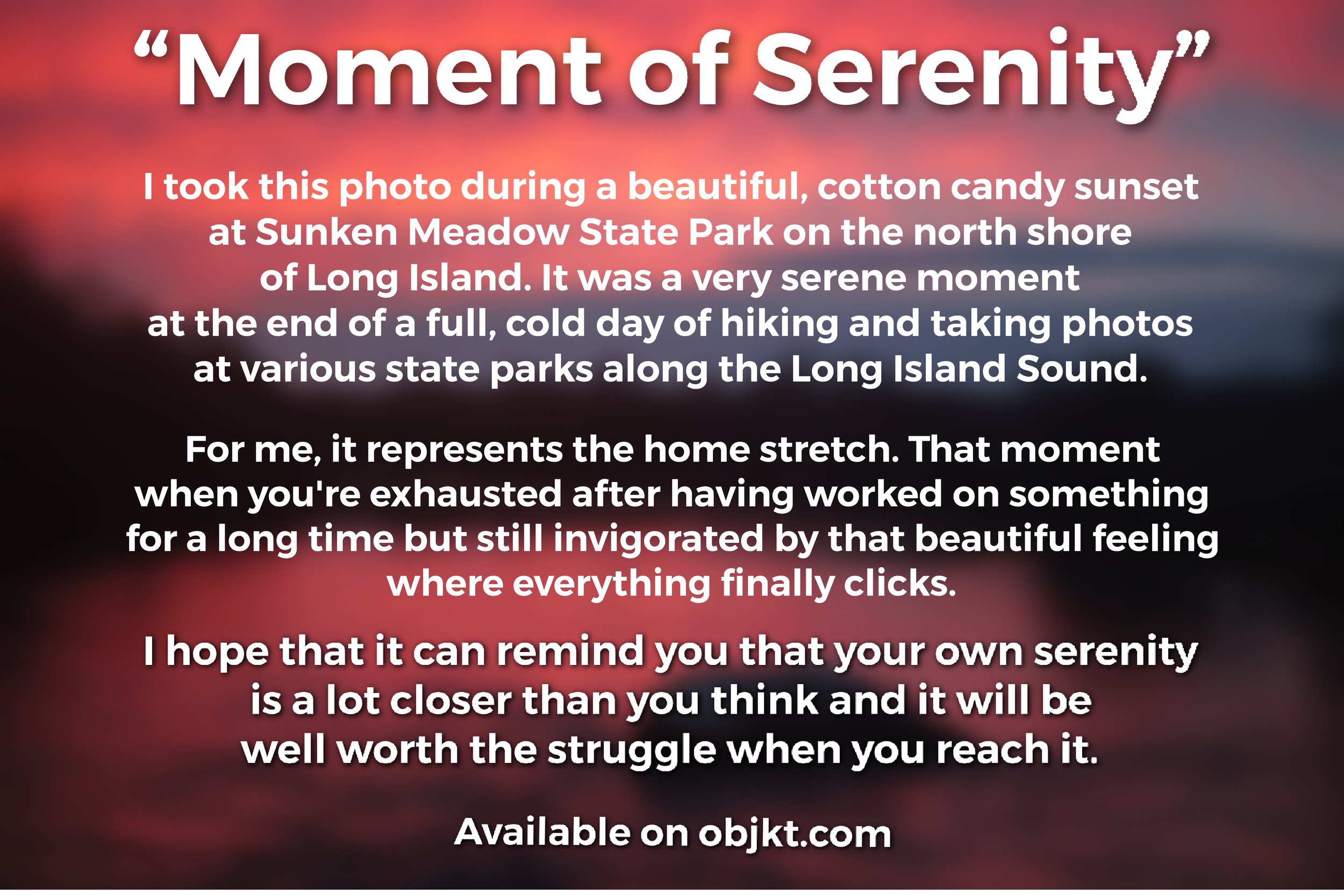

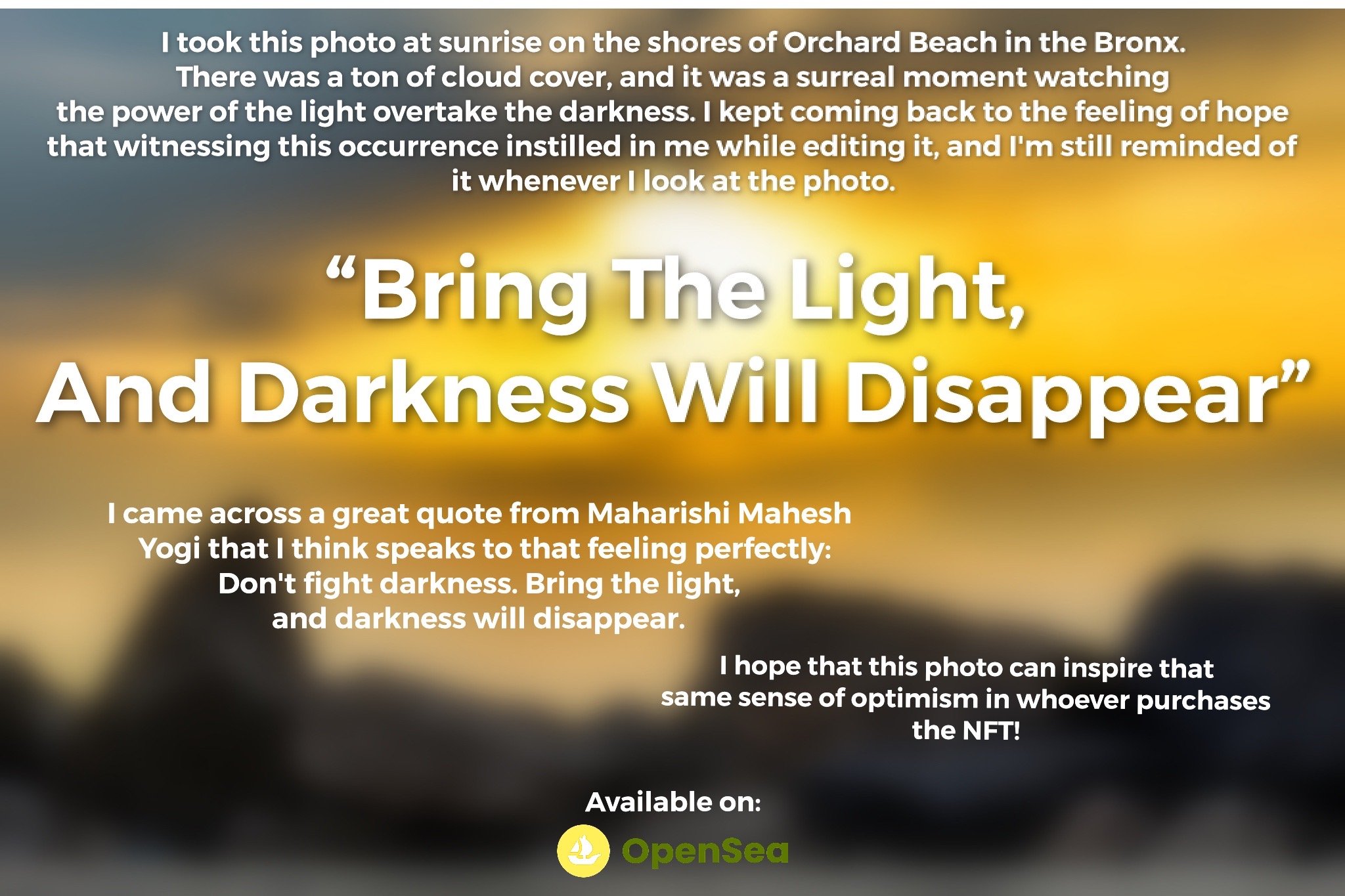
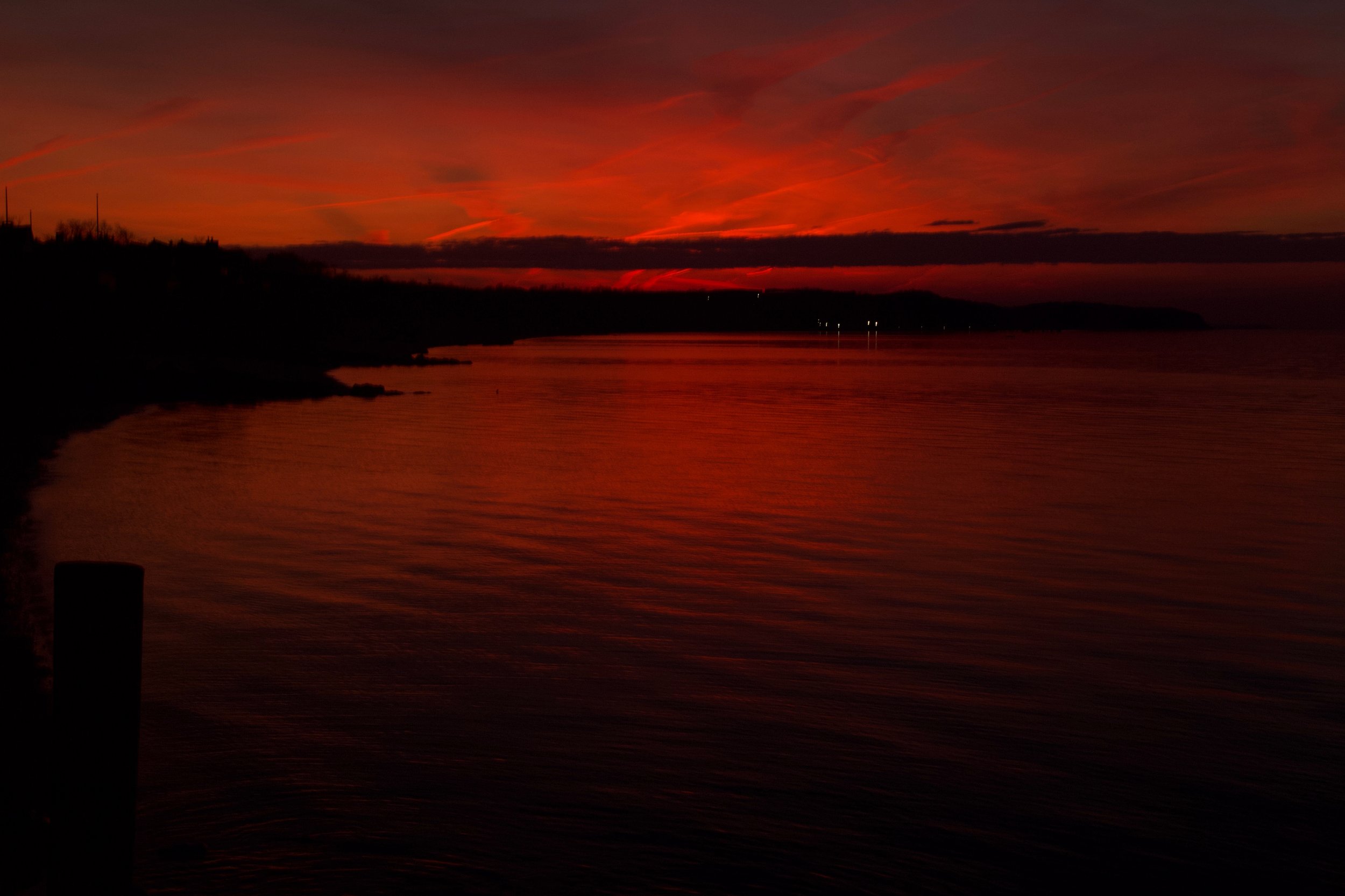




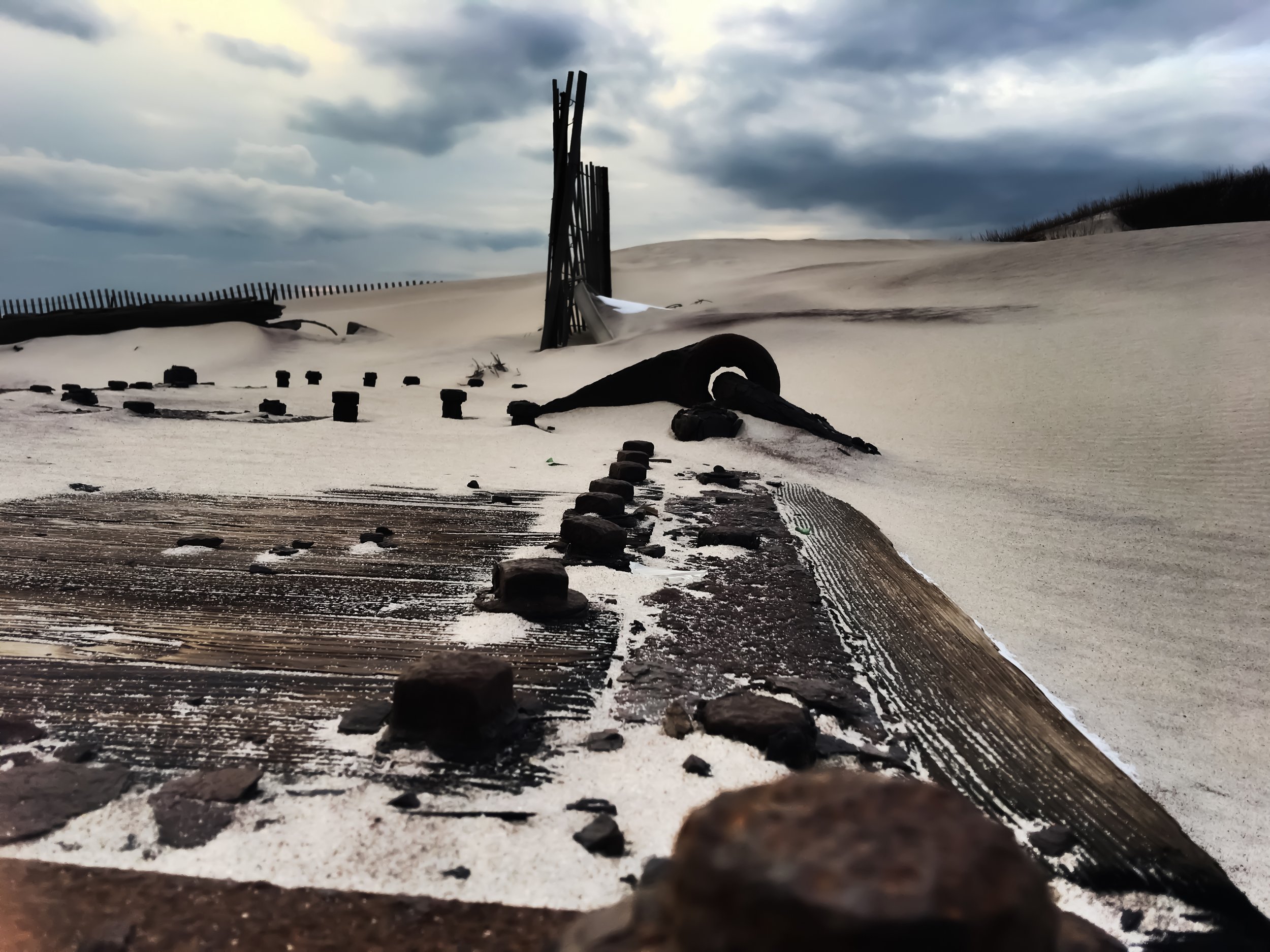
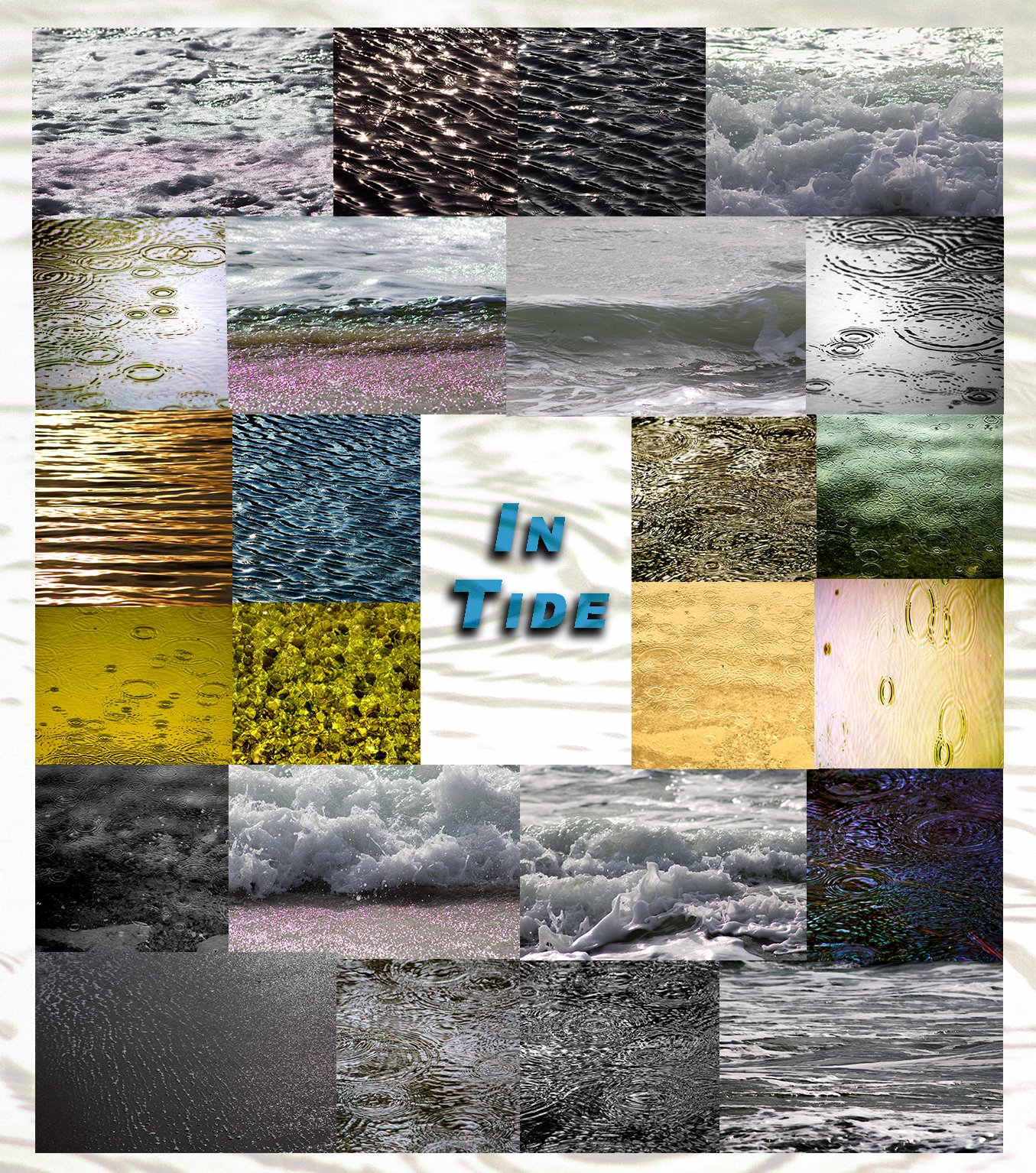
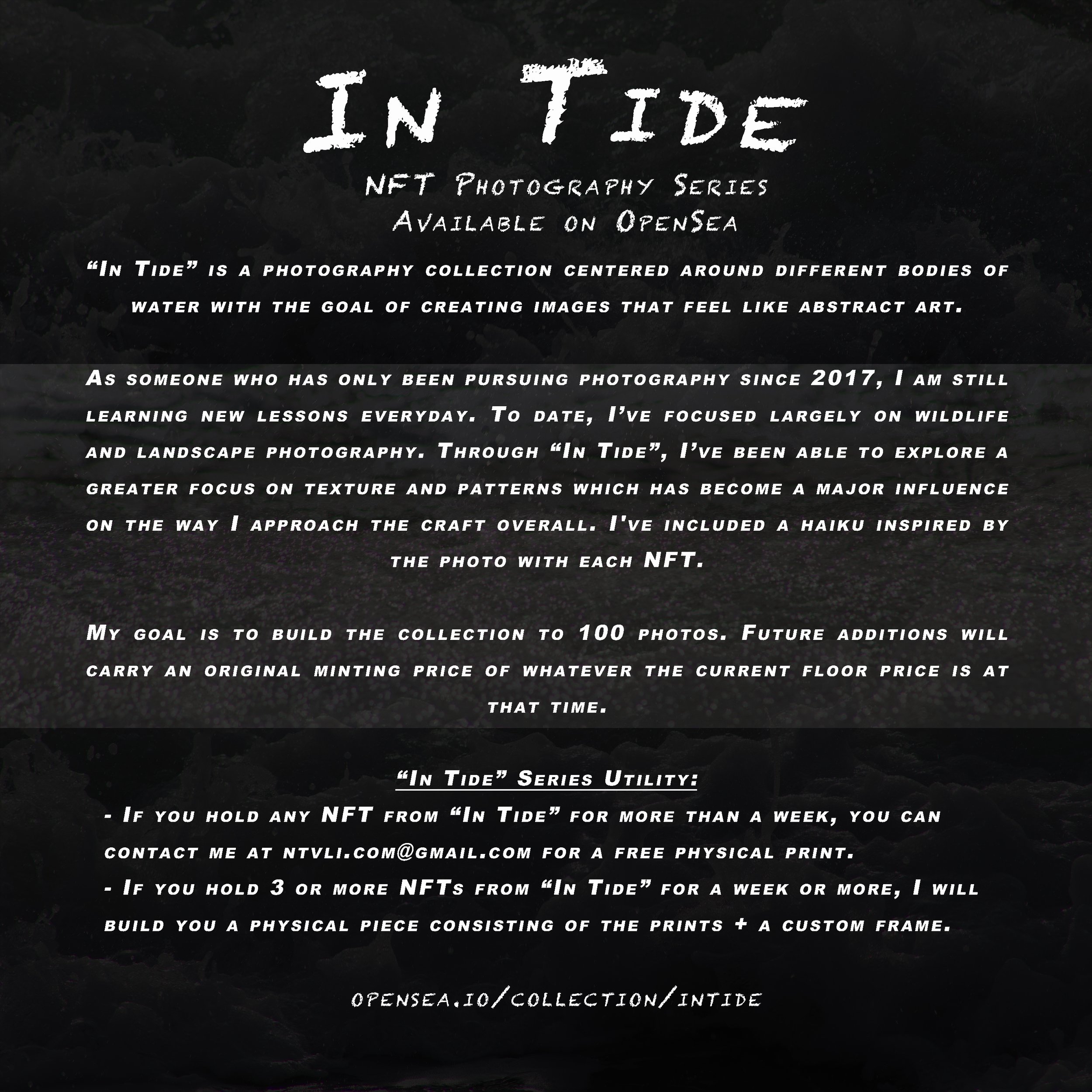

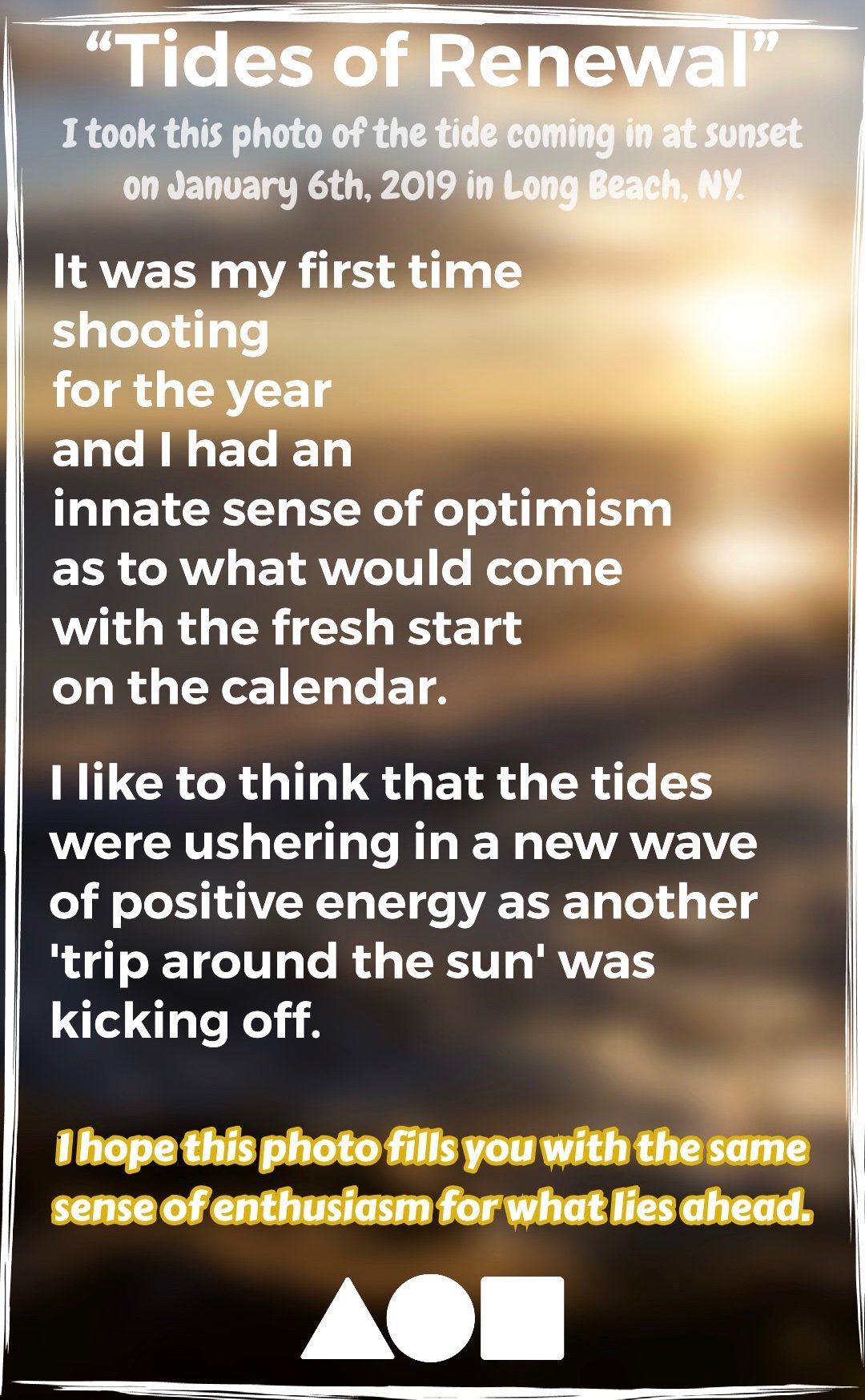



Ask any wildlife photographer or explore based on Long Island and they’ll tell you that our home turf does not get nearly the credit it deserves when it comes to species diversity. In fact, I think it’s safe to say that most people think Long Island has a couple of raccoons, a possum here and there, and way too many deer out east and that basically sums it up.
This couldn’t be further from the truth. So for this article, we worked with some of the best wildlife photographers based on Long Island to highlight 10 species that most people might not know we have here.